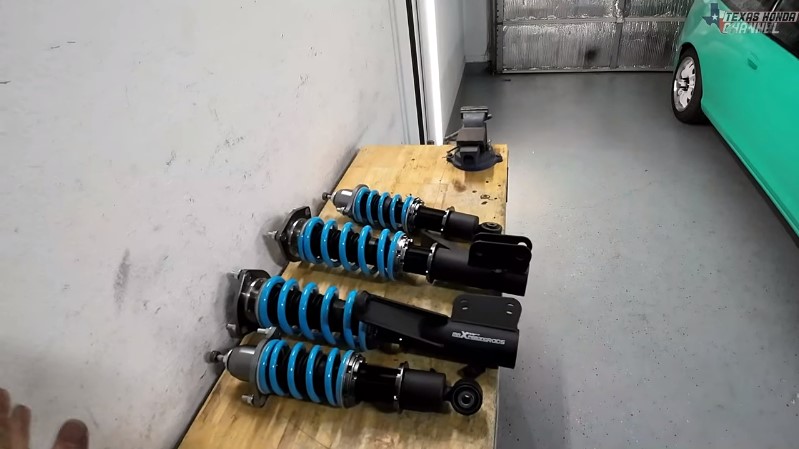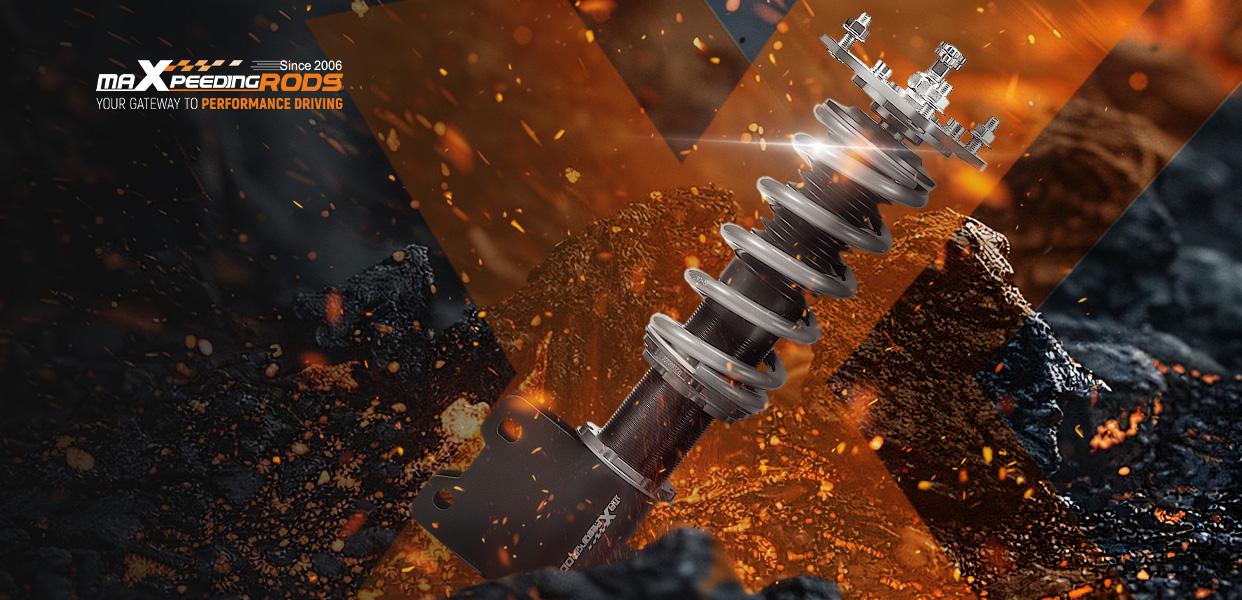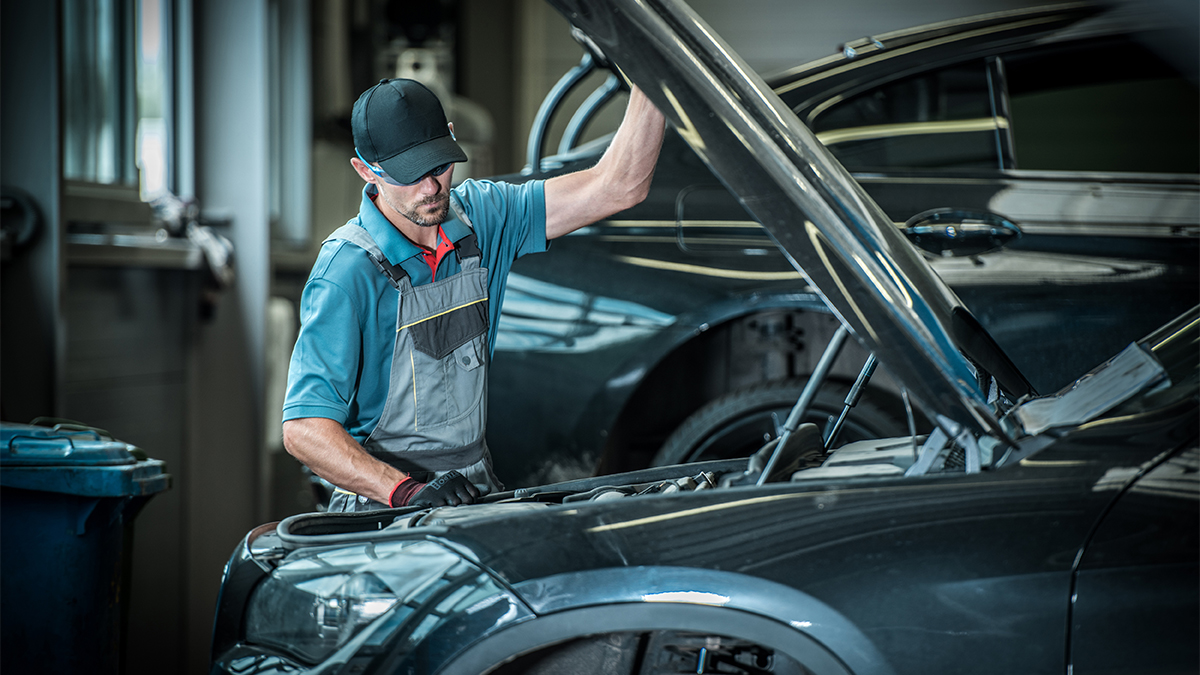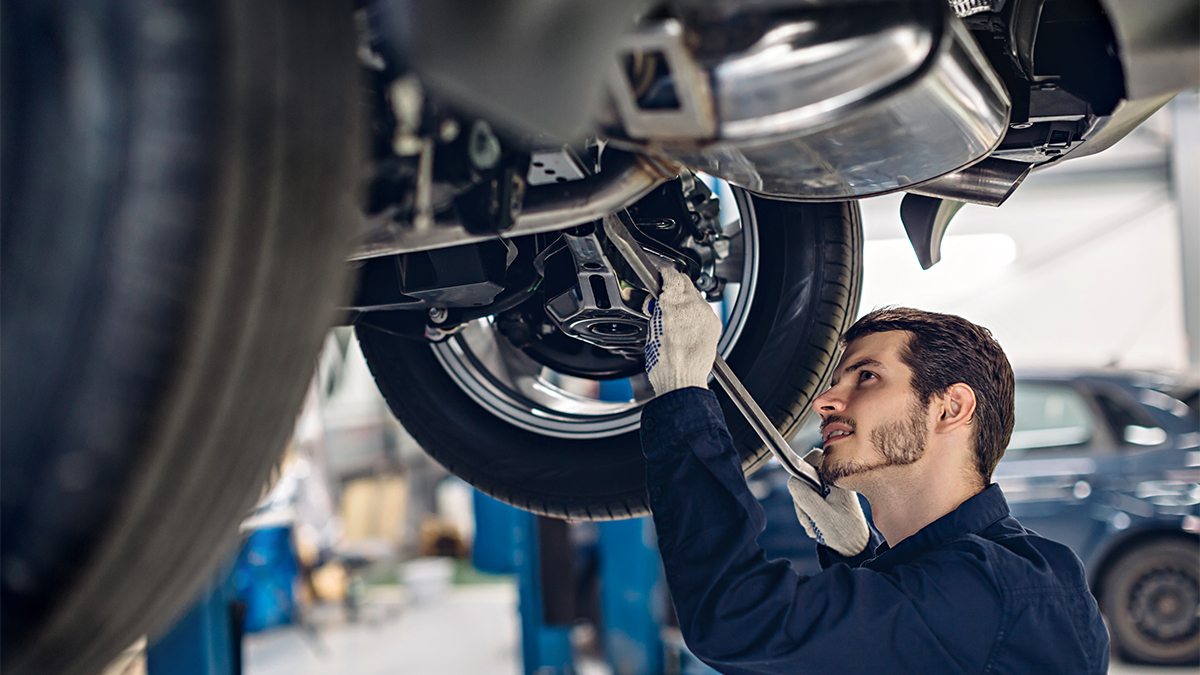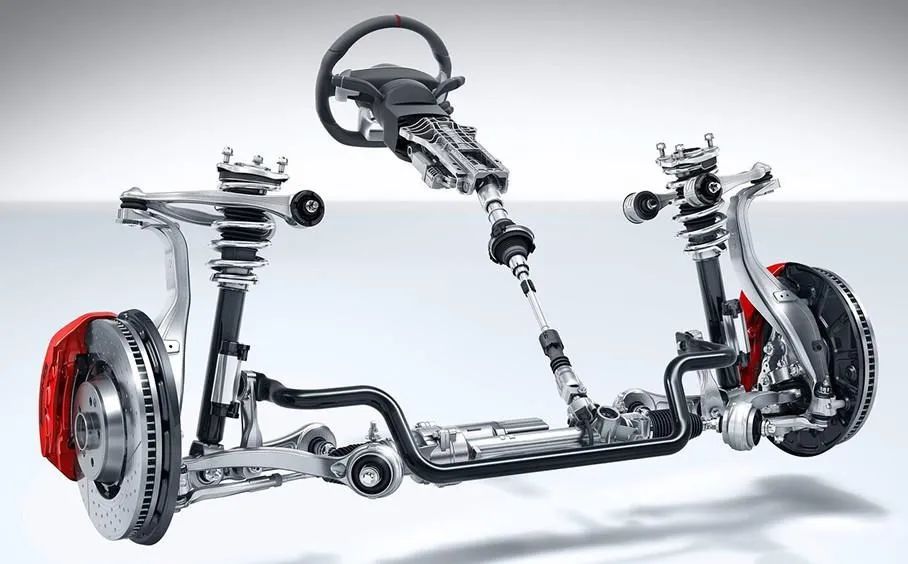Coilovers are a popular suspension upgrade for car enthusiasts looking to improve their vehicle’s performance and handling. While the installation process may seem straightforward, several key factors must be considered to ensure the coilovers are correctly adjusted and installed.
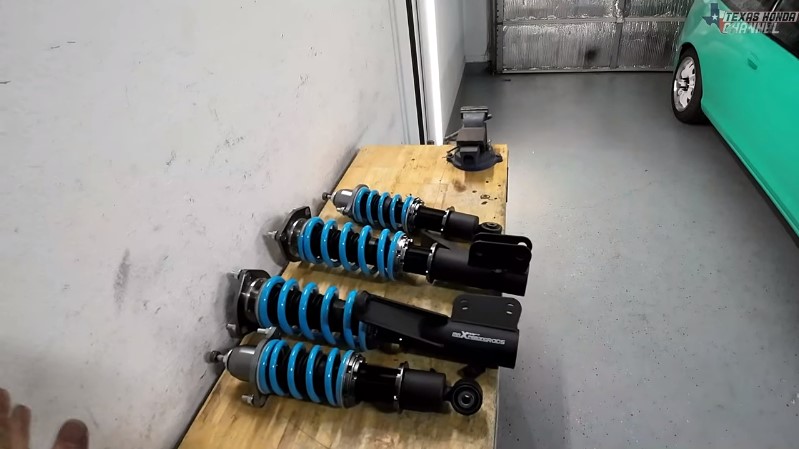
MaXpeedingRods focuses on performance, and always provides you high-quality coilovers. To set safety, quality, and customer support, we will continually post a series piece of articles to solve some car build basic knowledge. This blog post will provide tips for coilover adjustment and installation to help you get the most out of your suspension upgrade. From using the right tools to having your vehicle properly aligned, we’ll cover everything you need to know to ensure your coilovers are set up for optimal performance.
Use Proper Tools
When adjusting or installing coilovers, it is crucial to use the proper tools to ensure that the job is done safely and effectively. Here are some essential tools you will need:
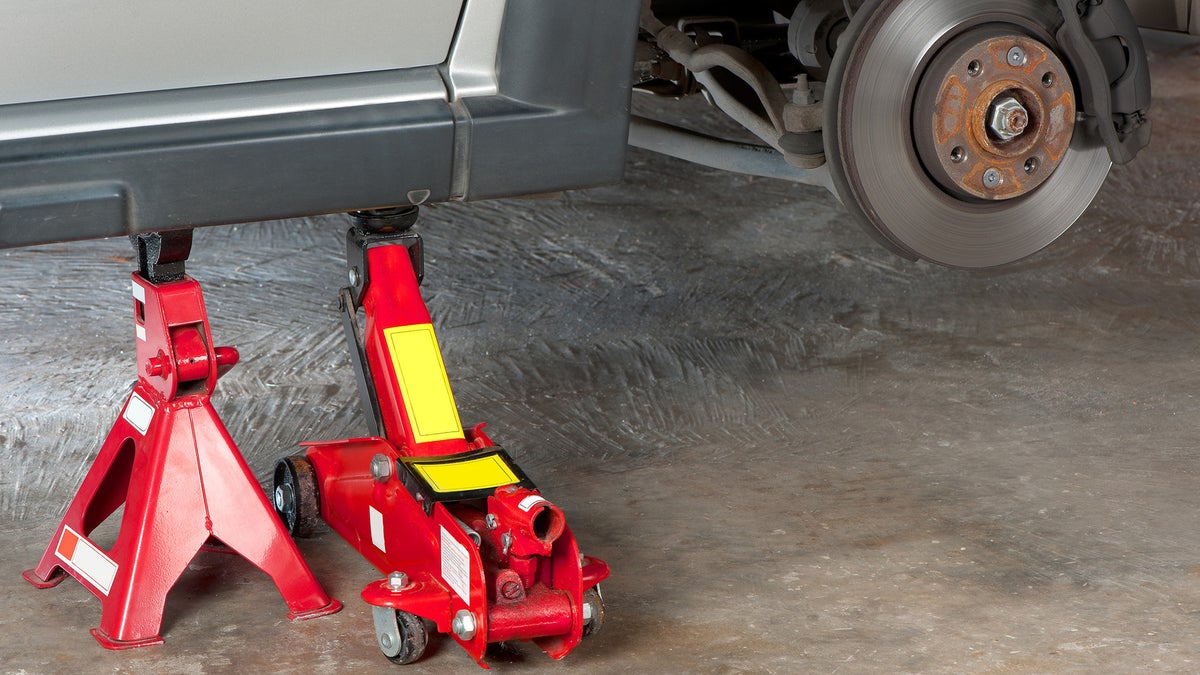
- Jack and jack stands
- Torque wrench
- Spanner wrench or pliers
- Socket set
- Spring compressor tool
- Allen wrenches
- Rubber mallet
- Brake cleaner
Make sure to have all these tools on hand before starting your coilover adjustment or installation. Using the right tools will make the process much smoother and help you avoid costly mistakes.
Replace Worn Bushing and Bearings
The bushings and bearings, in particular, are crucial to the smooth functioning of your coilovers. Unfortunately, these components can wear down over time, leading to noise and reduced suspension performance.
Replacing worn bushings and bearings is a relatively simple process that can be done at home with the right tools. You will need a press to remove the old bushings and bearings and install the new ones. You will also need a torque wrench to ensure the bolts are tightened to the manufacturer’s specifications.
In addition to bushings and bearings, inspecting the bolts that hold your coilovers in place is essential. These bolts can also wear down over time and should be replaced if they show signs of damage or corrosion. Be sure to use the proper bolt grade specified by the manufacturer to ensure appropriate suspension performance and safety.
Follow Recommended Maintenance
Following the manufacturer’s recommended maintenance schedule is vital to keep your coilovers in good condition. Regular maintenance tasks may include cleaning and lubricating components, checking for leaks, and inspecting for wear and damage.
It’s also important to replace parts when they reach the end of their service life. Neglecting maintenance can lead to premature wear and potential safety hazards.
Make Good Adjustments and Measurements
Improper adjustment can have negative consequences for both performance and safety. Therefore, we advise making suitable adjustments and measurements to ensure your coilovers are correctly adjusted. Here are some tips to keep in mind:
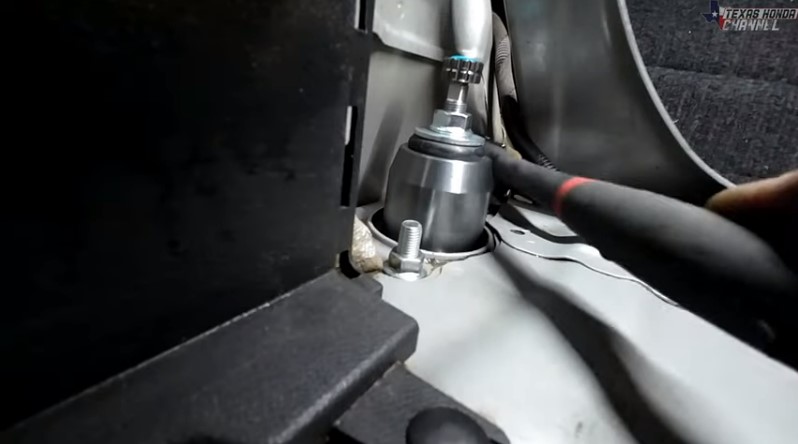
- Start with the manufacturer’s recommended settings: Every coilover kit will come with recommended settings for things like ride height, damping, and preload. These settings are a great starting point, so follow them closely.
- Use a reliable measuring tool: A good quality measuring tool ensures accuracy when making adjustments. This can include things like a digital caliper, a camber gauge, and a ride height gauge.
- Keep track of your adjustments: As you make adjustments, keep track of what you’ve done and the results. This will help you fine-tune your settings over time and make sure you’re getting the best possible performance.
- Be bold and experiment: While the manufacturer’s recommended settings are a great starting point, there may be better fits for your particular driving style or vehicle. Feel free to experiment with different settings to see what works best for you.
Have the Vehicle Properly Aligned and Balanced
It is recommended to have a professional alignment done after installing coilovers. Coilovers can affect the vehicle’s alignment and suspension geometry. An improper alignment can lead to uneven tire wear, poor handling, and reduced performance.
A professional alignment will ensure that the suspension is adequately adjusted for your tires’ best possible performance and longevity. Additionally, a corner balance should be performed to ensure proper weight distribution and balance across all four wheels, which can further enhance the handling and performance of your vehicle.
